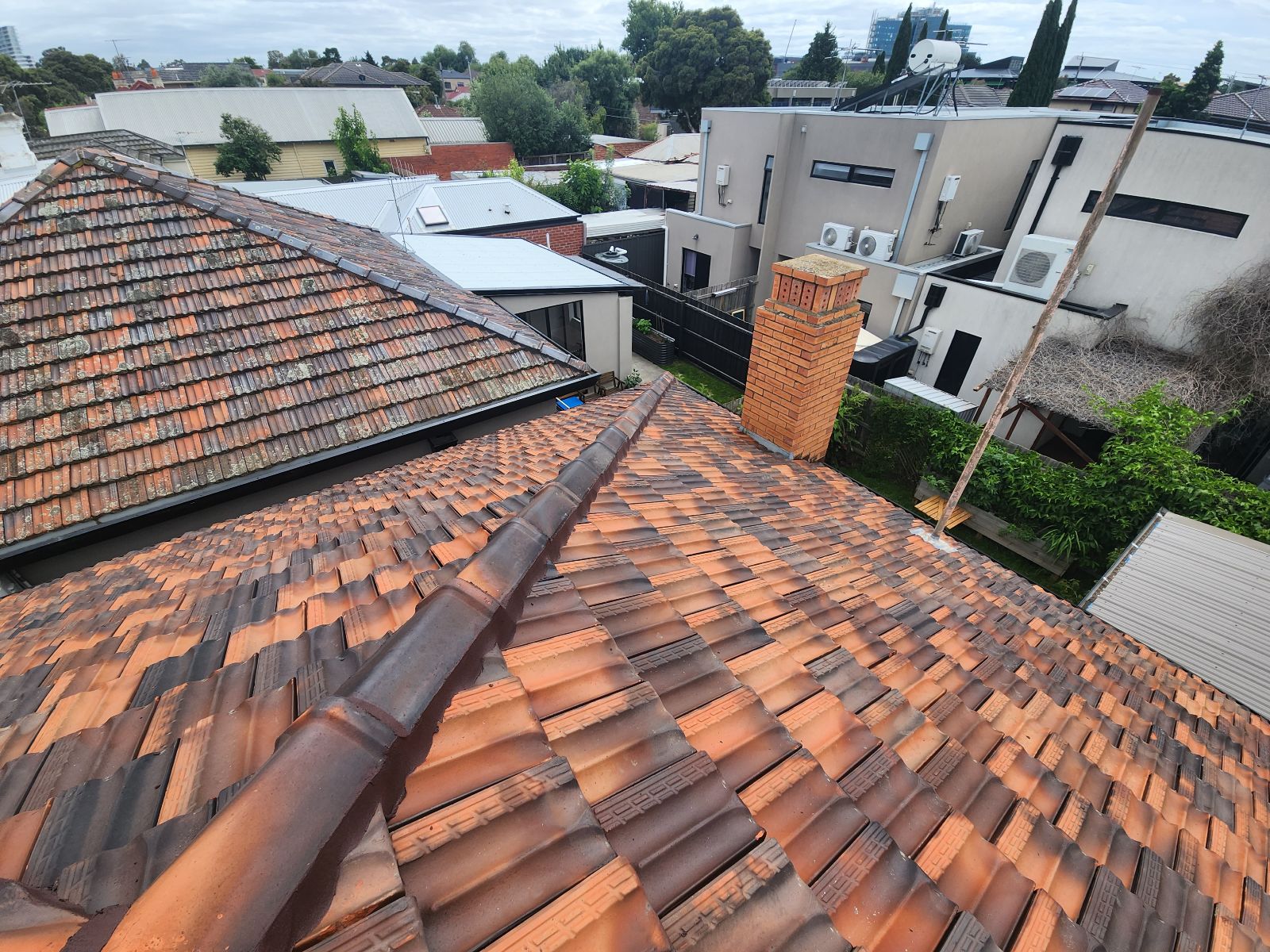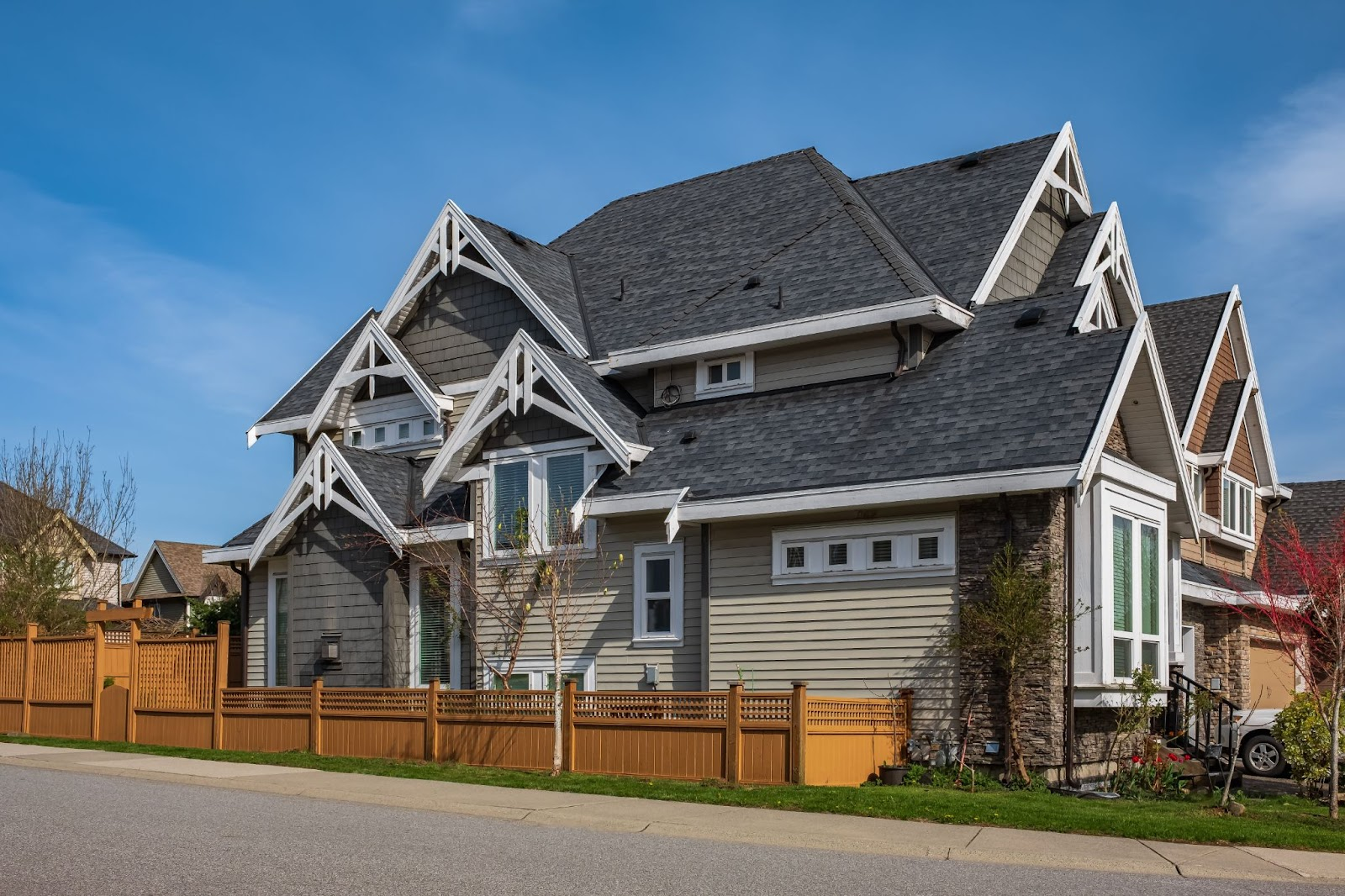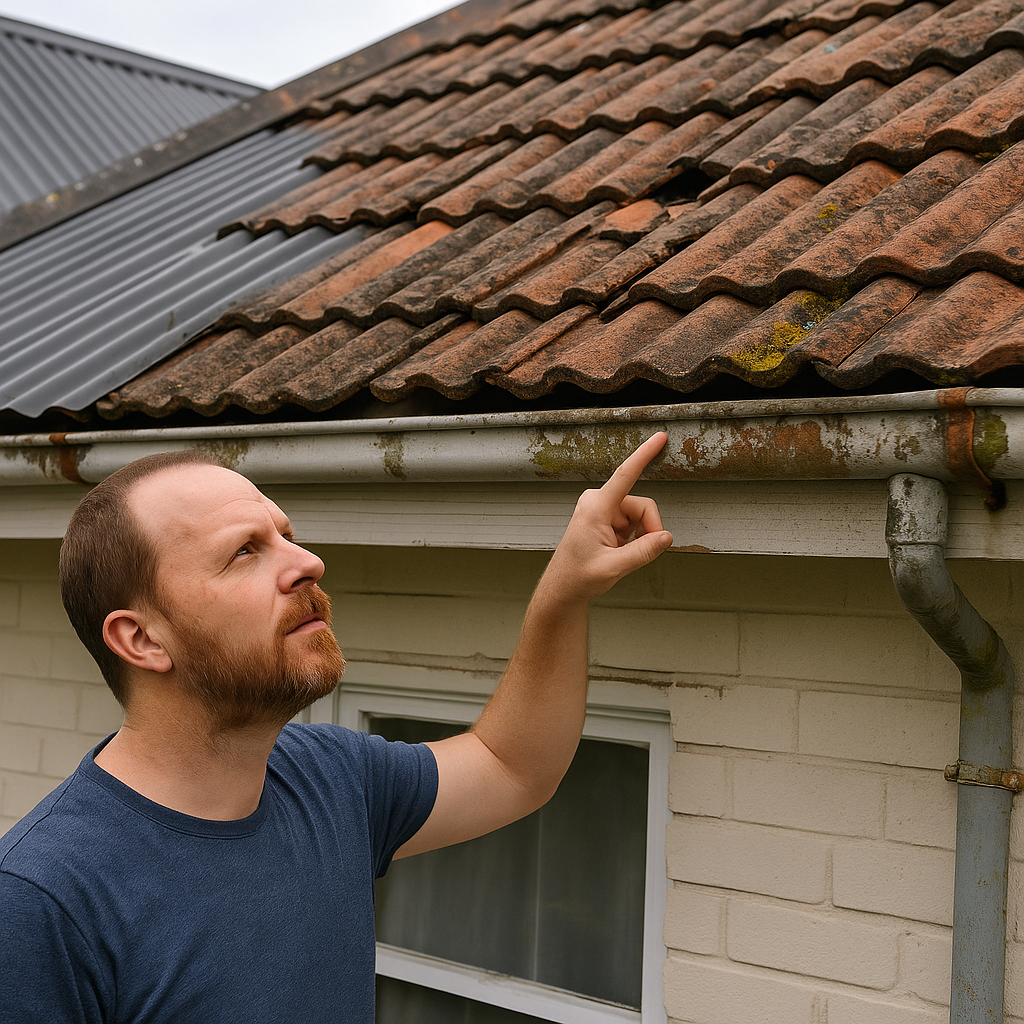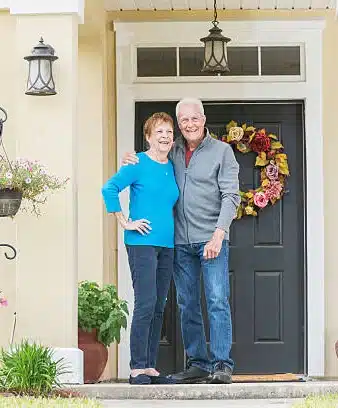
To receive your discount please fill in your details below.
It warms our hearts to see our valued HEROES being taken care off.




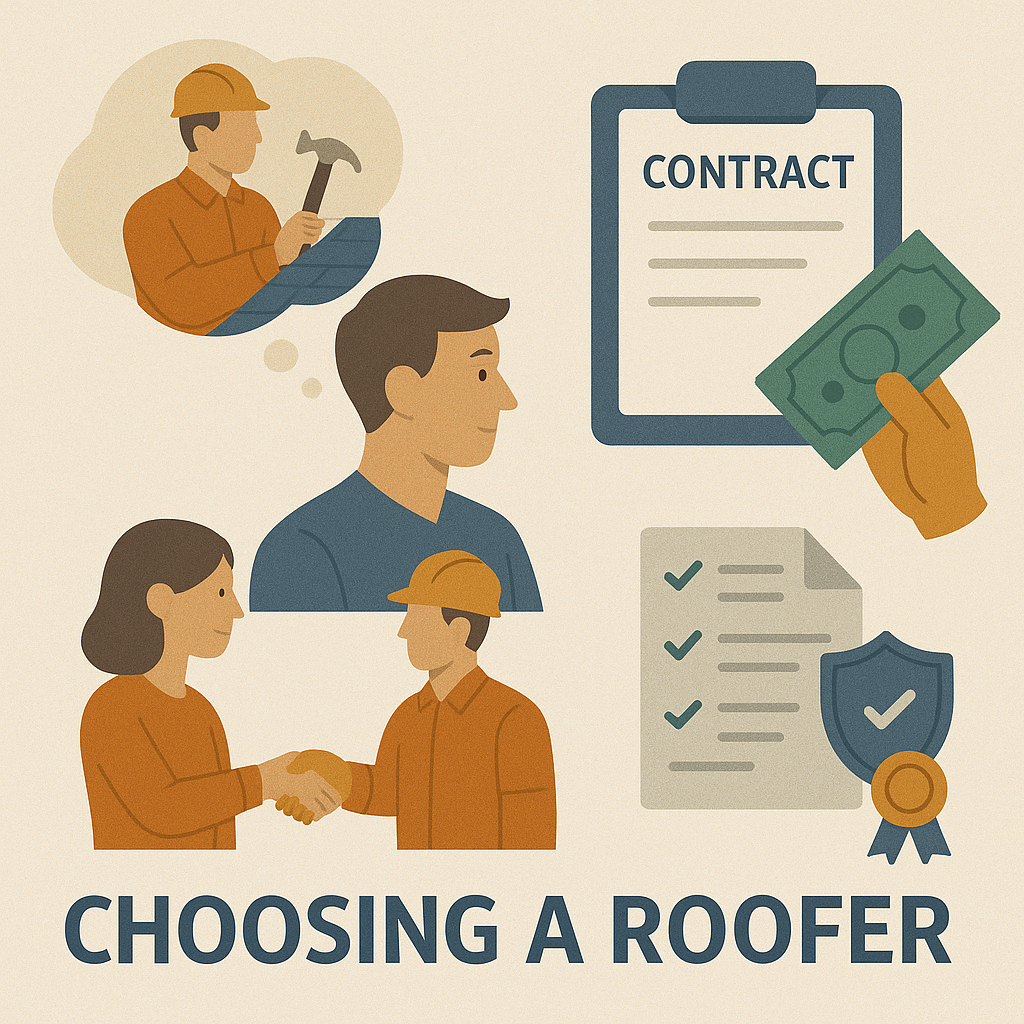
To find a good roofer, get referrals, verify licensing/insurance, and assess professionalism. Monitor communication, supervision, and attention to detail during the project. Inspect the finished work for quality installation and materials. Beware of red flags like upfront payment in full, poor communication, and cutting corners.
Scott Gross – Roofing Expert, Melbourne
Choosing a good roofer is essential for protecting your home.
With roofing being one of the most expensive and critical home maintenance tasks, a poorly done job can lead to leaks, structural damage, and costly repairs.
This guide provides a detailed, step-by-step approach to identifying a reliable roofer, evaluating their work during the project, and assessing the final result.
By focusing on key indicators and red flags, you can make an informed decision.
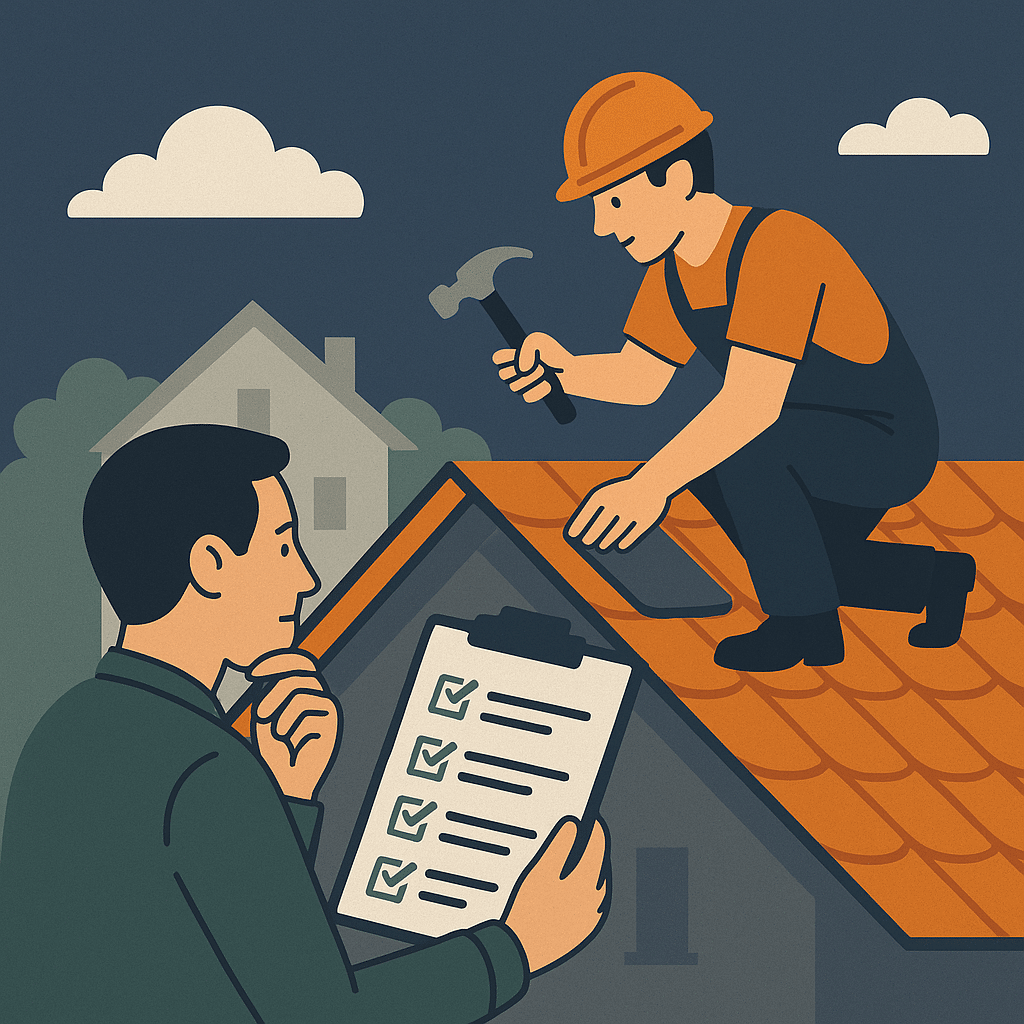
The difference between a good roofer and a careless one may not show immediately, but it will over time.
A good roofer understands the complexities of roofing systems, local building codes, weather challenges, and safety.
Poor workmanship can lead to costly repairs, and even structural damage.
A skilled roofer will deliver a roof that performs well over decades, potentially saving you thousands in avoidable problems.
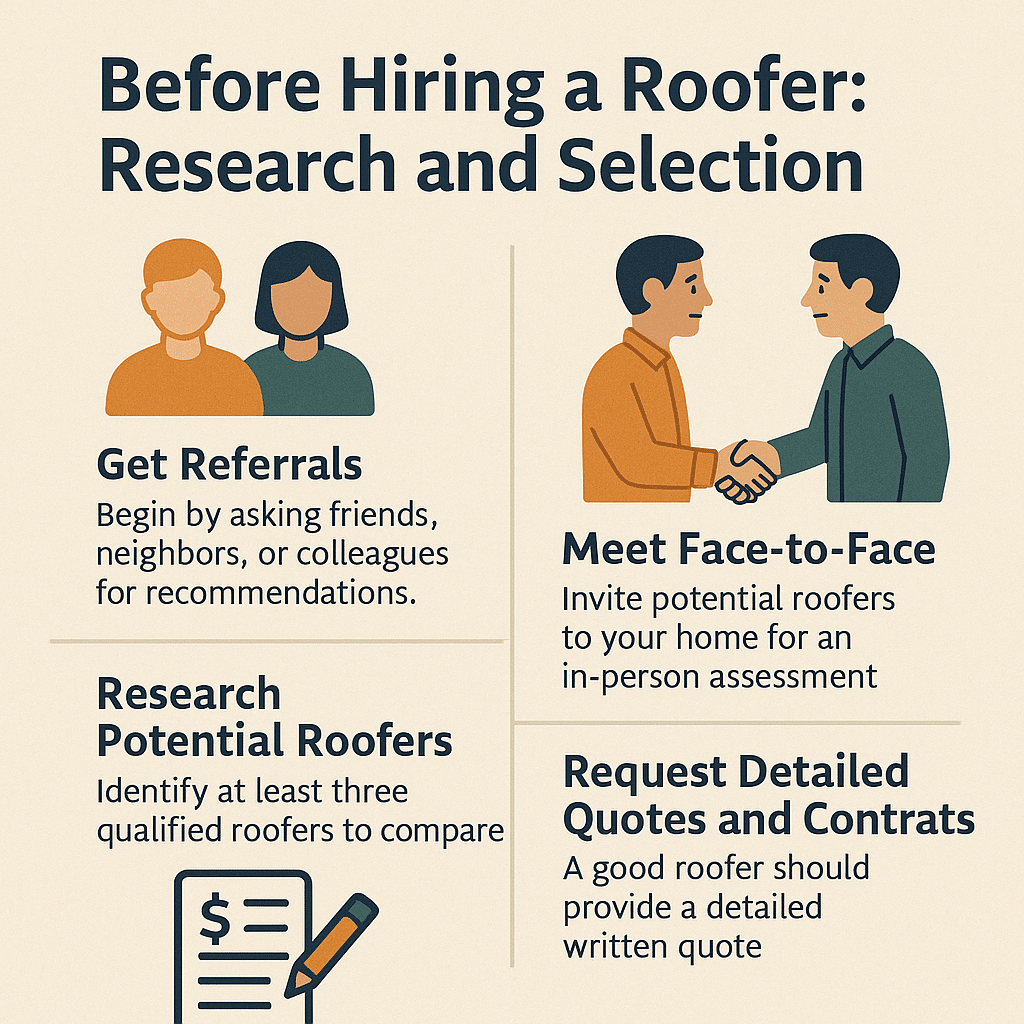
The foundation of hiring a good roofer lies in thorough research and careful selection.
Here’s how to start:
Begin by asking friends, neighbors, or colleagues for recommendations, especially those who have recently had roofing work done.
Identify at least three qualified roofers to compare. Verify their licensing and insurance:
Invite potential roofers to your home for an in-person assessment. Discuss the following;
Request Detailed Quotes and Contracts
A good roofer should provide a detailed written quote that breaks down:
Compare quotes from multiple contractors, but remember that a slightly higher price may be worth it for peace of mind and long-term durability.
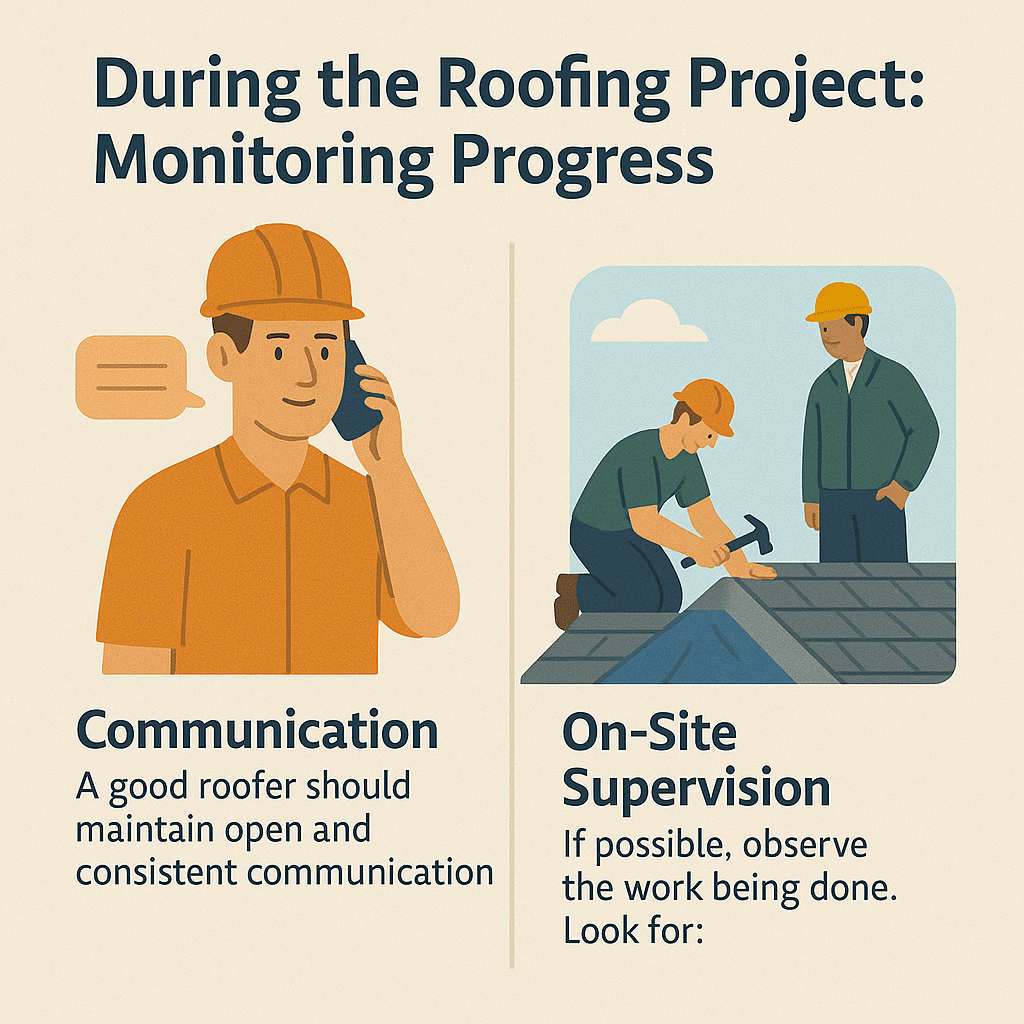
Once you’ve hired a roofer, stay engaged to ensure the project is on track.
Here’s what to look for:
A good roofer should maintain open and consistent communication. Expect regular updates on the project’s progress, like if there are any delays.
If possible, observe the work being done. Look for:
Once the project is complete, it’s essential to evaluate the work to ensure it meets high standards. Here’s how to tell if your roofer did a good job.
At HolyMess Repairs, we used a Third Party to ensure that the work done by our Melbourne Roofer is 100% compliant.
Check the roof for an even and uniform appearance
There should be no discolored, drooping, or sagging areas, as these can indicate poor installation or mismatched materials.
The roof should look consistent across all sections, improving curb appeal and ensuring even wear.
If possible, view the roof from a higher vantage point. (But only do this if you’re 100% sure that you can use a ladder to avoid falling off)
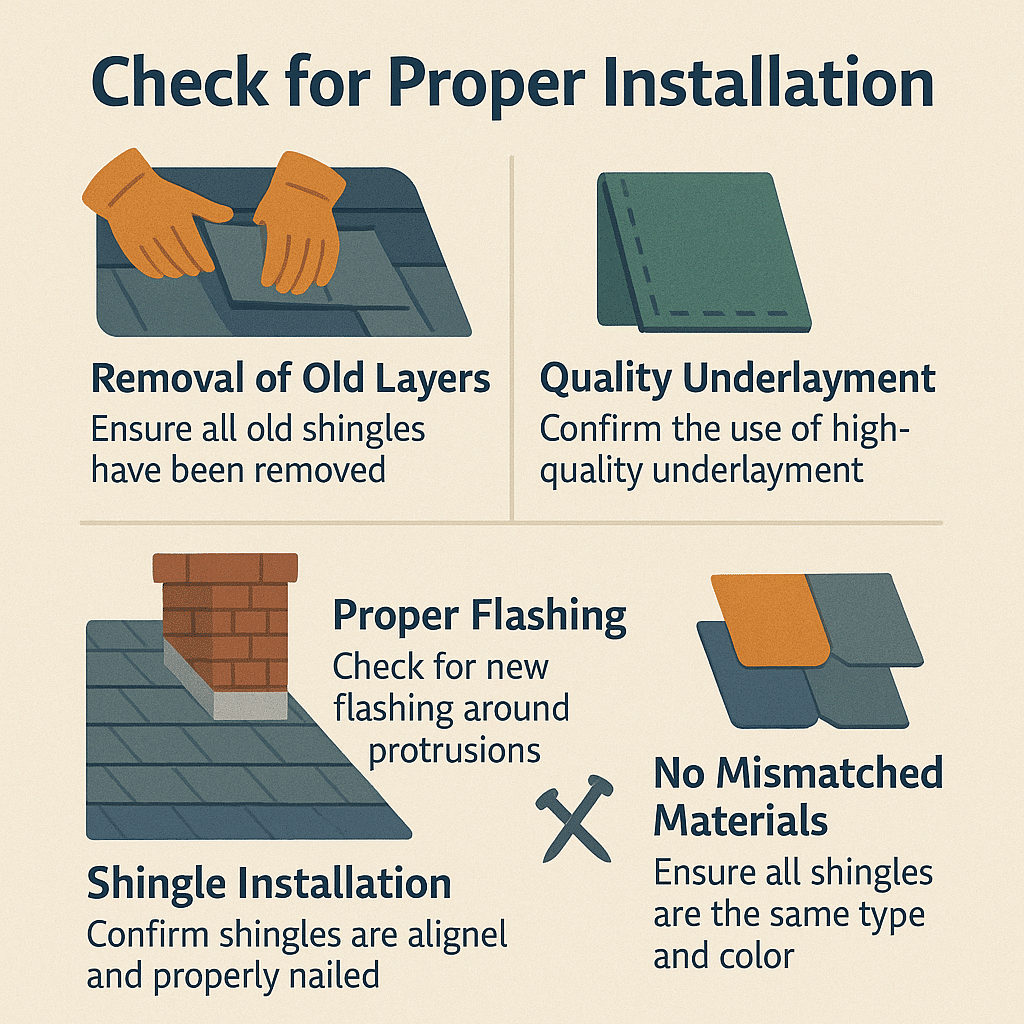
Verify the following key aspects:
Ensure all old shingles have been removed for a clean, uniform look and to prevent excess weight, which can strain the roof structure.
Confirm the use of high-strength synthetic underlayment (not just felt) for better water resistance and durability.
Check for new flashing around pipes, chimneys, and other protrusions. Ensure drip-edge flashing is installed along the roof’s edges, with a lip to direct water into gutters and prevent leaks, mold, and rot. Missing or improper drip-edge flashing can void warranties, as highlighted in the same source.
Confirm that shingles are aligned with sufficient overlap and centered over the sheathing. Each shingle should be properly nailed, typically with 4-6 nails per shingle, evenly spaced, depending on wind resistance requirements. Proper nailing prevents damage in high winds.
Ensure all shingles are the same type and color to avoid uneven aging, which can lead to further repairs down the road.
The job site should be left clean and free of debris, such as nails, shingles, or other materials. A clean workspace indicates pride in their work and respect for your property.
Ensure the contractor provides warranties on both labor and materials, typically ranging from 5 to 25 years depending on the materials. Ask about follow-up inspections or maintenance services to ensure long-term satisfaction.
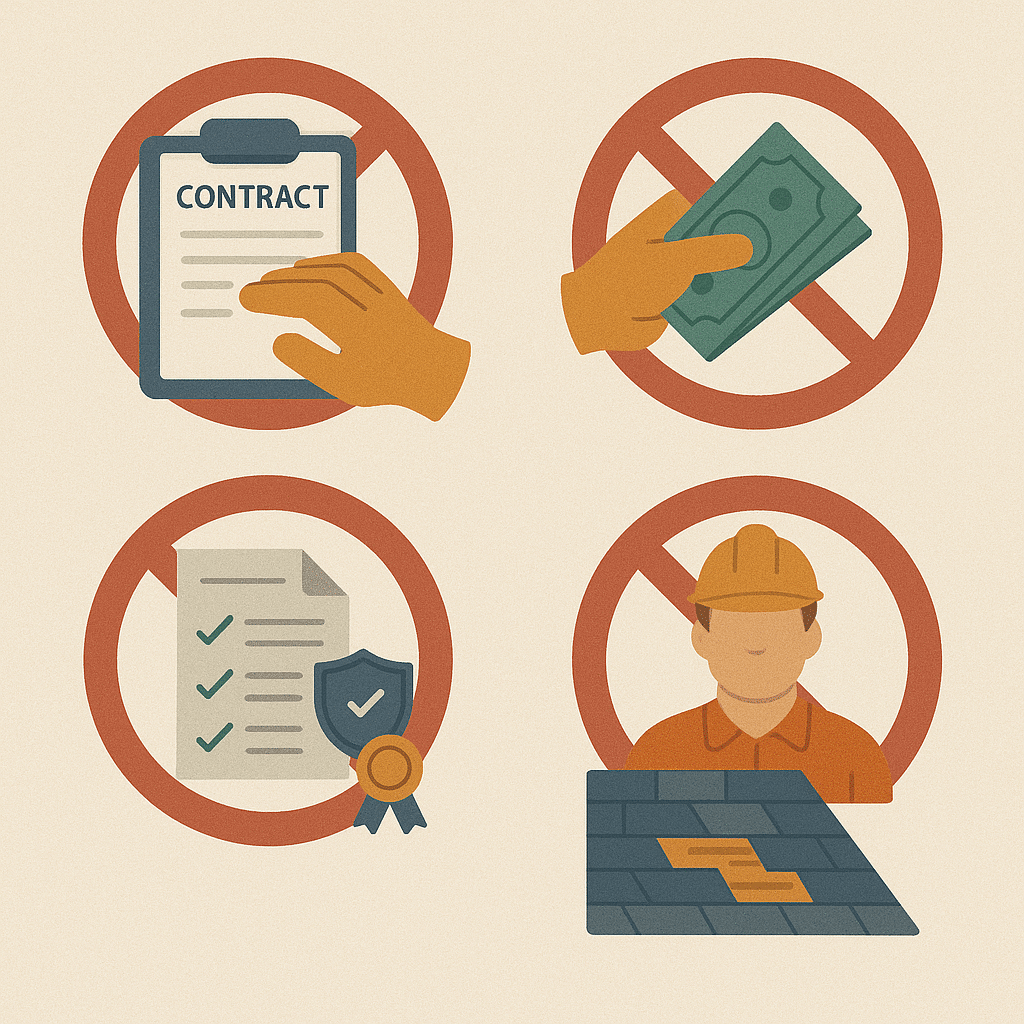
Be cautious of the following signs that may indicate a roofer is not up to standard:
Avoid contractors who push for quick commitments, as this can indicate desperation or hidden issues.
Reputable roofers typically require only a portion of the payment upfront, with the balance due upon completion. Full payment upfront is a red flag.
Ensure they have licenses, insurance, and certifications. A lack of documentation can leave you vulnerable to legal and financial risks.
If they’re unresponsive or unclear during the hiring process, it’s a warning sign of potential issues during the project.
Choosing a good roofer is an investment in your home’s safety and value. By conducting thorough research, observing their work during the project, and evaluating the final result, you can ensure a high-quality roofing job.
Take your time to compare options, ask questions, and verify credentials. Remember, a good roofer will stand by their work, communicate effectively, and ensure your satisfaction, providing peace of mind for years to come.
At HolyMess Repairs, we offer commercial roofing in Melbourne, we also do roof inspections, feel free to get in touch if you need a professional roofer.
